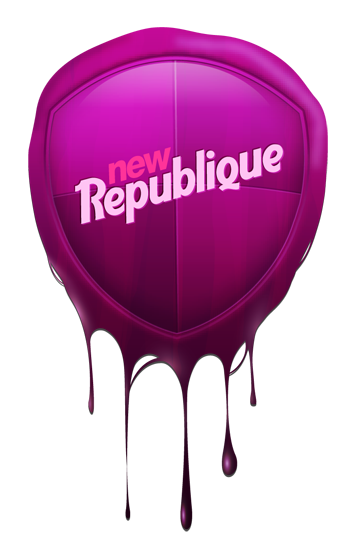
Today we’re talking to Nima Yassini, CEO of New Republique.
 New Republique is a niche agency specializing in UX, conversion rate optimization, and personalization. Established in 2010, their mission is to create environments that help people make better decisions and live better lives. New Republique set themselves apart with their unique, agile approach to UX that integrates behavioral sciences and data validation.
New Republique is a niche agency specializing in UX, conversion rate optimization, and personalization. Established in 2010, their mission is to create environments that help people make better decisions and live better lives. New Republique set themselves apart with their unique, agile approach to UX that integrates behavioral sciences and data validation.
“We see ourselves as the architects of the digital age,” Nima says. “In simple terms, we want to make the Internet suck a little less.” Nima shares some details about his process and experience, as well as offering a word of advice to new researchers.
Who is involved in UX and what is the process like?
Our UX process is highly collaborative, with all team members involved at different stages. The client and the strategist create the overall plan and ensure it meets the wider business needs. UI design and development focus on implementation, while the delivery team focuses on actually supplying the solution.
In addition to being collaborative, our team is extremely fast. We focus on continuous improvement rather than delayed perfection. This means we quickly design and test to validate via Conversion Rate Optimization (CRO).
When did you start conducting usability testing? What impact has it had?
I’ve been in UX for 20 years, and usability testing has always been a must-have. However, within our process, we have reimagined how we can use remote user testing.
We started with the thought that when we look at analytics first, we are loading the problem. What I mean is that when you first go into analytics, you kind of know what you are looking for and you are validating it via data. This ultimately means that you are fixing the problem you think is important.
I’m not saying that data does not show problems, but what we wanted to do was to find friction points that we could not already see. So, rather than looking at analytics, we used remote testing to watch users and see what issues they faced. These insights then fed the optimization of the experience.
We also found that when we failed a CRO experiment, we seldom knew why. So, we used remote user testing to understand why an experiment failed. Those insights could then indicate modifications for future experiments.
Now remote user testing is a critical part of our pre- and post-experience design process. We also use remote user testing when we design new products, as a way of validating what we have conceptualized.
Could you share examples of any particularly surprising or useful usability test findings?
We did some research for a major retail brand. We gave the user the simple task of "Add an item to your cart." We ran the test across 10 users to find any big issues.
During the research, we noticed that users would add an item to the cart but would forget to select a size. Then they would miss the error message.
Noticing this, we looked into our analytics to see how common this behavior was. We found that this issue happened nearly 3,000 times per month.
What makes this insight interesting is that no analytics or other methods would have found it. By fixing this friction point we were able to save hundreds of thousands of dollars in lost revenue.
How do you communicate and document UX research results?
Our research is generally rolled up into a monthly strategy in which we identify friction points we want to resolve. We use the UX research results as a way of validating the issues we have identified.
Why did you choose to integrate Userfeel into your process?
We have used many remote user testing tools in the past, some very expensive, and got varied outcomes.
We found Userfeel about two years ago and have not looked back. Userfeel fits our business the best. The cost of the tool is reasonable; the speed at which we get responses to research and the reach in the type of segments we get are great, as well as the flexibility and responsiveness to issues.
Userfeel has become a key part of our process. Today we find the tool to be invaluable to help:
To us, Userfeel is a key part of our process to understand users.
What advice would you give to someone just getting started in UX research?
The number one advice I give anyone entering the field is "get out of your own way." UX research is about collecting data. I find that in most cases researchers see an issue and have an opinion, then try to validate it via research. As researchers, our job is to get out of the way and let the data guide us to the answer. Subjectivity is a dangerous factor in any type of research. It takes a lot of practice and self-discipline to get out of your own way as a researcher.